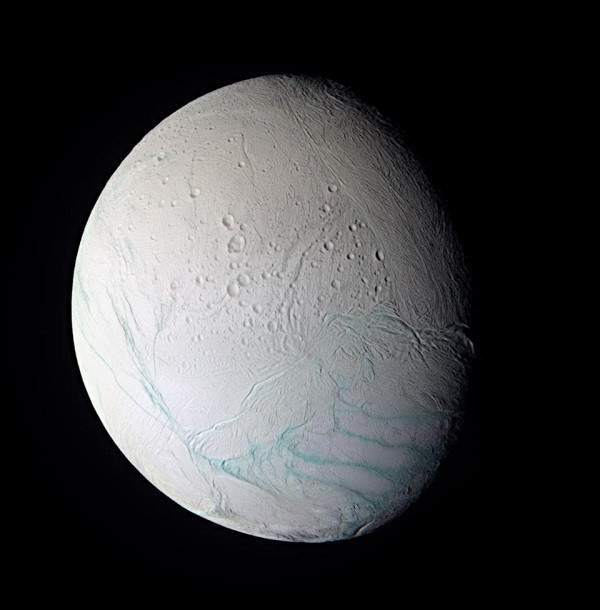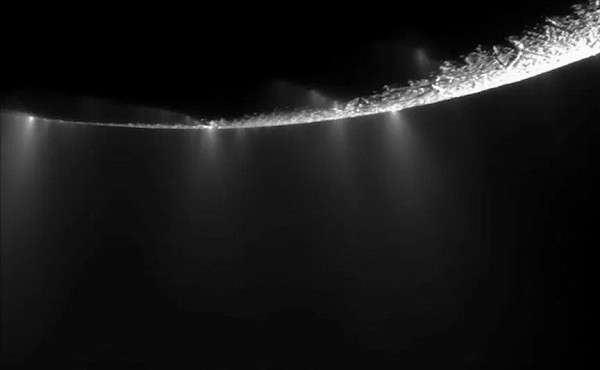NASA's Webb Telescope Observes Enormous 9,600 km Long Water Plume Emanating from Saturn's Moon

IIE Digital Desk : In a remarkable discovery, the James Webb Space Telescope, operated by NASA, has captured groundbreaking images of an expansive water plume emanating from one of Saturn's moons. The observation, covering an astonishing distance of 9,600 kilometers, offers valuable insights into the moon's geology and potential for harboring extraterrestrial life.
Unveiling Saturn's Enigmatic Moon
The James Webb Space Telescope, renowned for its ability to observe celestial bodies in unprecedented detail, has turned its gaze towards Saturn's moon. This latest finding sheds light on the moon's intriguing characteristics and the dynamic processes occurring within its complex terrain.
Unprecedented Observation of a Water Plume
By employing advanced imaging techniques, the Webb Telescope has revealed the presence of an immense water plume stretching across an extraordinary distance of 9,600 kilometers. This discovery opens up new avenues for understanding the moon's geological activity and its potential role in supporting life.
Significance for Astrobiology
The detection of a water plume on Saturn's moon holds profound implications for the field of astrobiology. Water is considered a vital ingredient for life as we know it, making this finding a significant milestone in the quest for extraterrestrial life and habitable environments beyond Earth.
Exploring Geologic Activity
The colossal water plume serves as a testament to the moon's active geology. Understanding the mechanisms behind such geological phenomena provides crucial insights into the moon's internal dynamics, which may include processes like cryovolcanism or subsurface hydrothermal activity.
Implications for Future Missions
The discovery of a massive water plume on Saturn's moon sparks excitement within the scientific community and lays the foundation for future exploration missions. This finding paves the way for targeted investigations to determine the moon's habitability and potential for hosting microbial life.

Continued Study and Analysis
Scientists and researchers will continue to study the captured data in detail, employing sophisticated analytical techniques to unravel the mysteries surrounding Saturn's moon. This ongoing research will contribute to our understanding of the moon's composition, geological processes, and its place in the broader context of our solar system.
Advancing Space Exploration
The Webb Telescope's latest observation of the water plume signifies another leap forward in our exploration of the cosmos. The mission not only expands our knowledge of Saturn's moon but also fuels our curiosity about the possibility of life beyond our home planet.
The groundbreaking discovery of a colossal 9,600-kilometer-long water plume on Saturn's moon, made possible by the James Webb Space Telescope, unlocks new dimensions in our exploration of the universe. This observation offers valuable insights into the moon's geology, potential habitability, and its role in our broader understanding of extraterrestrial life. As scientists delve deeper into the captured data, further revelations are expected to reshape our understanding of Saturn's moon and inspire future space missions.
You might also like!















